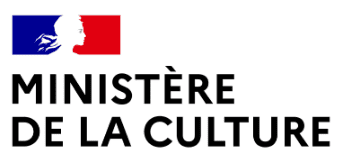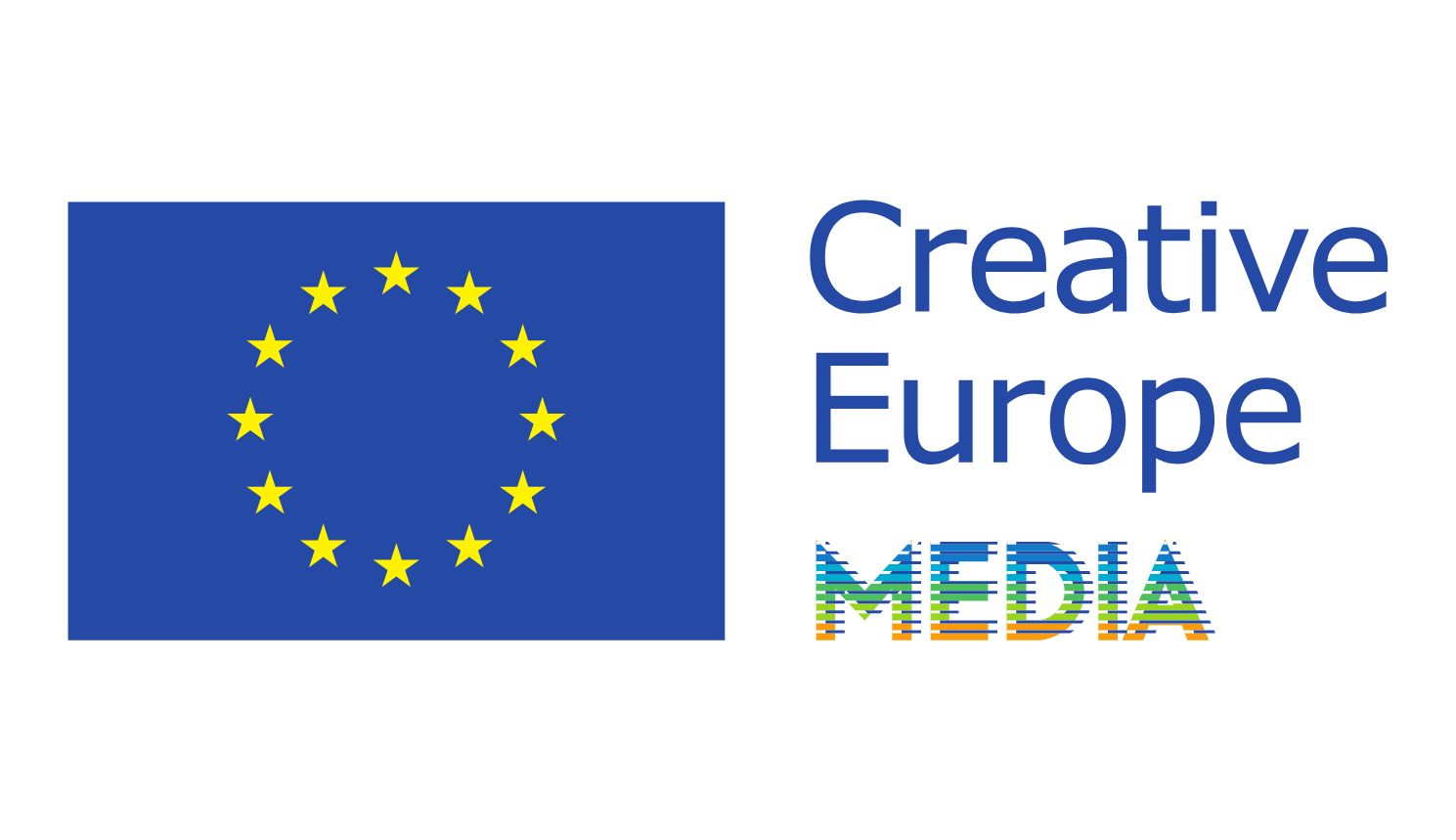Vadim Kostrov
In Orpheus (FID 2021), Vadim Kostrov returned as a young man to the industrial city of his youth, Nijni Taguil, in the Urals. A year later, we’re back in the same city, but in a different timeframe. Little Vadim, ten years old, carries a satchel and wears a yellow cap. The grown-up Vadim follows him as he wanders from shot to shot, day and night, in the changing light of early autumn. With zooms, overprints, velvety DV and variations of points of view, Kostrov works on forms and colours like a solitary painter. The child guides the filmmaker he’s become through the density of time. Leaves and steel merge into the same rusty colour. Although the Soviet tank, a monument to the glory of local industry, is just another game for the schoolboy astride its gun, the young, melancholic filmmaker has no need to comment on it to set darker, more painful harmonies onto the image. (Cyril Neyrat)
- Other gems
- 2022
-
 Other gems
Other gems
- 2022
ОСЕНЬ
FALL
Vadim Kostrov
Interview with Vadim Kostrov
Orpheus (FID 2021) was based on your return, as a young adult filmmaker, in Nizhiy Tagil, the industrial town where you grew up. In Fall, a young boy named Vadim walks across the town, a school bag on his back. Why this new return, but as a child, or with a child as guide? Where does this film originate?
After finishing Summer and Winter, the two first films of my tetralogy of seasons, I realized that I needed to continue my journey with all seasons and to go through the whole cycle of my growing up in Nizhiy Tagil. And I felt that after that, I would leave the country. Which has happened since I moved to Paris lately. The film appeared when I found the Bible epigraph: «Therefore remove sorrow from thy heart, and put away evil from thy flesh: for childhood and youth are vanity», Ecclesiastes 11:10. For Fall I was filming the same boy that was already in Summer: Vova Karetin. He was eight when I made Summer, and now he is ten.
What were the intentions behind this portrait of an industrial town in autumn, seen through the eyes and the body of a child, in autumnal light and colors?
Off course as well as Summer and Winter, Fall is based on my own life. The landscapes that I captured are not simply sets, but really important places for me, dearest places. Fall shows the moment when I turned 10 and moved to another district (from the district that I showed in Summer), and to a new school. I remember how I started living then almost without any control from relatives. I moved from my mother’s home to my father’s. I remember how I started walking around, seeing this world that became bigger in my consciousness, maybe also because of the trauma that brought this move; anyway, then I felt already as a grown-up person. It was during fall 2008. This film is about the first time when you stay with yourself and understand yourself as a person. You’re starting to look forward as far as you can and to imagine, ask yourself: what is there beyond this building, this city, this country? This film is about stepping into this world and accepting it through encountering its beauty and imperfections. You humbly accept this world with all its pain and horrors that you have yet to learn about, and the world accepts you. God knows that you need to step on this way, which will not be perfect, not easy, and He blesses you to step on this way, giving you these last embraces before vanity comes.
The motif of the four seasons is an old tradition in the history of painting (Bruegel, Poussin…). You use your camera as a painter, working on textures, autumnal colors. Can you talk about this very strong pictorial dimension in your film, and about your connection to painting as a filmmaker?
Of course for me it is highly important how, in what medium and which colors I’ll make a film. I really care about the weather, time of the day, colors of nature that change day by day, especially when it’s fall. One of my points was to show fall in the city of my childhood in its full beauty, from the very start with green leaves on the trees and some yellow ones, and then show how it changes to manifest the full palette of fall. All the manipulations of colors are really natural, and as well as for Summer and Winter, all color settings are made into the camera, while shooting. I haven’t changed anything in post production.
For me it is also very important that the mini dv has its own material texture, which has a much greater artistic potential than the latest high-resolution cameras. The very process of shooting is not a recording of data, but a print of something alive on real existing matter, in this case the magnetic tape of a mini-dv cassette.
I also find really important to shoot my films by myself, because then I can control and feel all the process. I’m moving the camera, using zoom, changing focus. My feelings are sharpened and I act in a stream of inspiration, relying not on mind but on feelings, intuition, faith. I do not fully know what will open up to me, but I believe, I have a presentiment. And at some point, something new breaks in front of me, a certain new depth appears, like a revelation.
The premise of the film is simple: following a child who walks through the city, guiding us on a tour, in long contemplative shots. How did you choose the places for the shots, the itinerary of the boy?
I’ve chosen these places and ways for Vova according to my own memories, my own ways. The film starts with landscapes and then moves on the way to the school, which was my own way to this school. The same can be said about all other places and ways. All of them are mine.
Can you tell us about the shooting? How did you work with the child? Can you talk about the tank, on the canon of which the boy lingers for a while, as if it was just another playground?
The shooting process was simple and natural. I was just giving certain commands to Vova and Vova did it. As in my previous season films, and in Orpheus, for Fall I didn’t need an actor, any acting. I just needed presence and that’s how it was. With the film I created a space of being for Vova that was really close to his own space, and the film just became a harmonious continuation of his own daily life and gave new experience to him.
Now I’ll tell you about the tank. I remember how I said to Vova that we would shoot on the tank, he was really happy because the tank for him was one of the best playgrounds. He told me that he really wanted to get there but because of rebuilding he couldn’t as the whole square where the monument stands was closed. I remember that time of my childhood when I climbed onto a pedestal in the form of a T-72 tank on Tank Builders Square. I climbed to the very muzzle, as far as it was not scary to climb, and peered into a long, long avenue, thinking to myself: what is there at the end of this avenue, behind these houses, behind this city?
Even in a nightmare I could not have thought that these frozen cars would again shoot, drive in peaceful cities and destroy, crush people living in similar houses, speaking a language close to mine… This monument was never perceived by me as something dangerous and even more so carrying death, but on the contrary as something frozen, petrified, ancient, in memory of forever (as it seemed) bygone days of wars. This monument was perceived by me as an object of play, something absolutely normal in the minds of post-Soviet children. As a swing, a carousel. The tank, at any time of the year, was full of children. Some climbed under it, on it, ran around, I was among them. When I shot the film, there were also children on the tank, as if they had received a signal: “You can!” The fact that Vova climbed onto the pedestal also hurried them to do it. Later this tank became a skate spot for me. We rode on this square on a skateboard, did wallrides on the pedestal, someone even jumped from the tank itself and it was all so organic. Today it would never be in my mind because of such a terrible, senseless, disgusting war like the one going on now.
NO TO WAR.
Interview by Cyril Neyrat
-
 Other gems
Other gems
Technical sheet
Russia / 2022 / Colour / 99’
Version originale : no dialogue
Subtitles : english
Script : Vadim Kostrov
Photography : Vadim Kostrov
Editing : Vadim Kostrov
Sound : Vadim kostrov, Yuriy Lomsadze
With : Vova Karetin
Production : Gleb Piryatinskiy (Mal de mer films).
Filmography : Orpheus, 2021
Summer, 2021
Winter, 2021
Narodnaya, 2021
After Narodnaya, 2021
Comet, 2021
Loft-Underground, 2020.
- Autres films / Other gems






